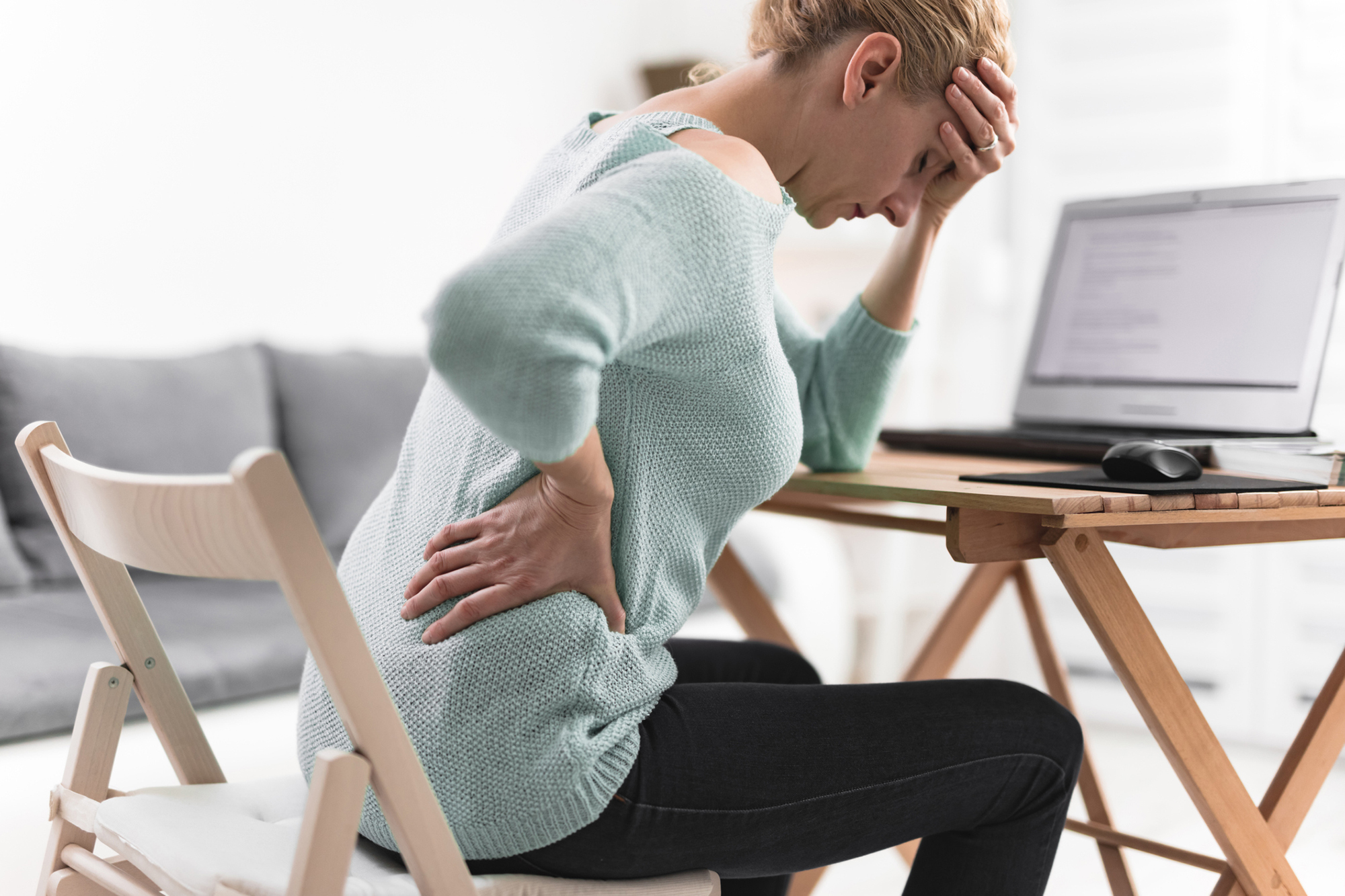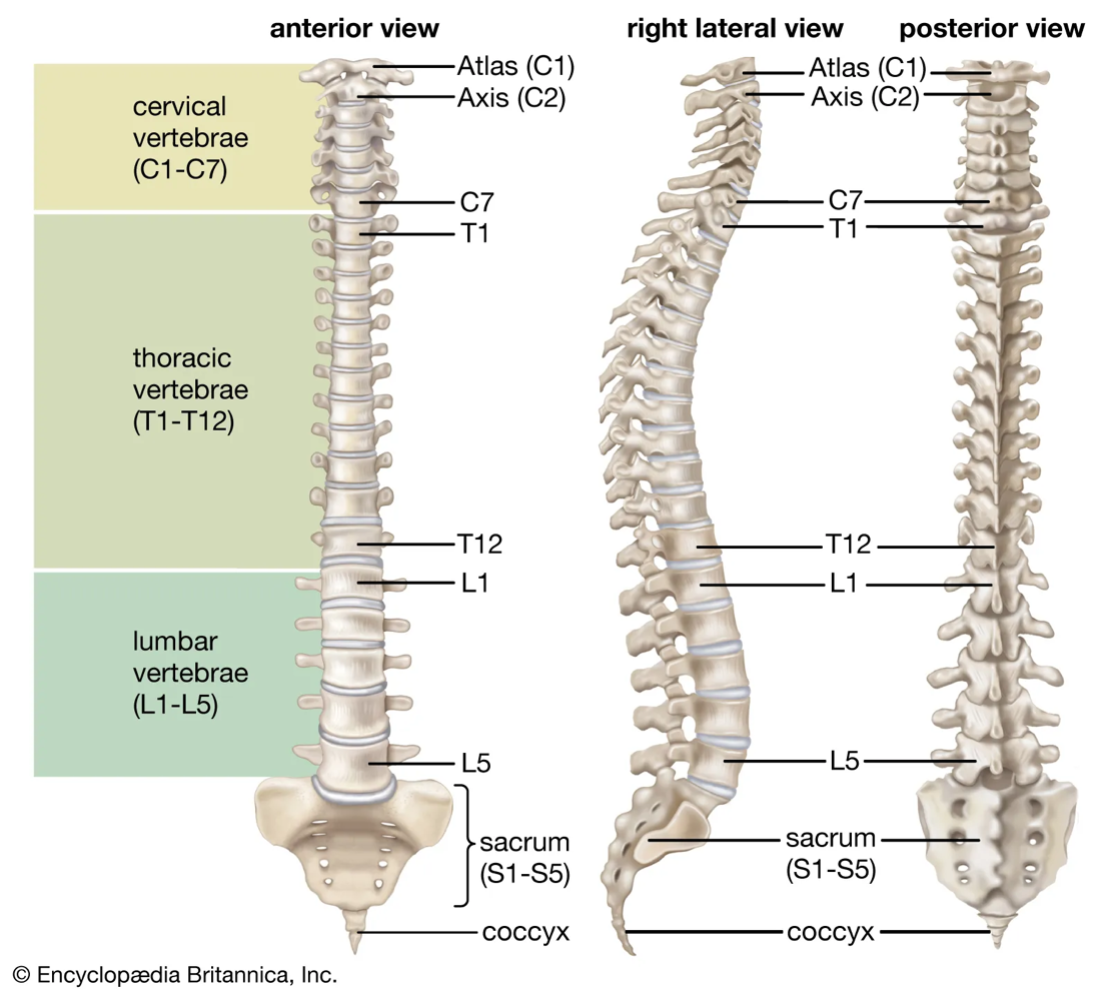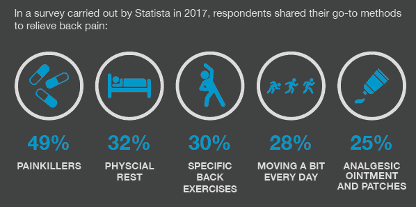
Fighting Low Back Pain Through Exercise
Low back pain (LBP) is the single leading cause of disability worldwide, preventing many people from engaging in work as well as daily activities. While working out with back pain may seem undoable to many, neglecting it entirely can oftentimes do more harm than good. This misconception needs to be addressed because when prescribed appropriately, exercise decreases stiffness, facilitates fluid exchange between discs to reduce swelling, and repairs muscle fibers that help support the back. While it’s important to avoid certain movements that can stress the area, delicate programming with scientific rigor behind it is the best method for fighting the pain. LBP can be diagnosed as acute or chronic. Acute LBP is more common and is defined as lasting less than four weeks. Chronic LBP can be defined as lasting more than three months and can gradually become worse. LBP is so common that according to the Georgetown University Health Policy Institute, nearly 65 million Americans report recent experiences. In America, we spend $253 billion annually on treatment and lost wages.
Aside from the economic problems, the mental load of LBP is worrisome. Anyone whose been living with it will tell you it causes a great deal of physical and emotional stress. LBP disrupts life in more ways than somebody might imagine. Basic everyday tasks that were once effortless like walking, putting socks on, getting in and out of the car, and doing laundry become dreadful tasks. Low back flare-ups are barriers to all sorts of life events, sports competitions, and other enjoyable activities. Having to miss a golf trip because of back pain hits harder than cancelling due to being tied up at work. Put simply, it absolutely sucks, and it can make someone feel hopeless.
Low Back Pain Has Many Causes
Some risk factors for LBP include age, lack of exercise, core weakness, being overweight, poor posture, and improper lifting techniques. These all can lead to muscle or ligament strains, sprains, asymmetries, muscle imbalances, bulging or ruptured disks, arthritis, and osteoporosis. Lower back sprains and strains are the most common injuries and can be caused by falling, lifting heavy objects, playing sports, etc. Sprains and strains can also develop over time due to poor posture or an overall lack of movement. The good news is these soft tissue injuries usually resolve over time with rest, stretching and exercise. However, we often prematurely reach for the panic button and call the doctor when the answer could be simpler.
Let me for the record state that I am not doctor. One should meet with their doctor if pain lasts longer than a few weeks, if pain spreads down one or both legs, causes weakness, numbness or tingling down one or both legs or is accompanied by unexplained weight loss. These could all be signs of serious conditions like osteoarthritis, degenerative disk disease, herniated disks, facet joint damage, compression fractures, spinal stenosis, spondylolisthesis, and scoliosis. Only a spine specialist can diagnose such spinal complications.
Our spines are divided into four segments. The cervical spine (C1-C7), thoracic spine (T1-T12), the lumbar spine (L1-L5), and the sacral spine (S1-S5).

The lumbar spine is the usual suspect for most back issues. Our lumbar spines undergo a steady workload throughout a typical day. Excessive flexion and rotation can irritate the area, especially if there is tightness and/or weakness in surrounding areas. For example, the thoracic spine is supposed to help us perform rotational movements but when it becomes tight from under-use, the lumbar spine takes on the job, which can lead to injury. Through appropriate mobility and strength work however, we can help correct such things.
How are we Treating Low Back Pain?
People seek both acute and chronic LBP relief in a variety of ways. The most common method happens to be through painkillers and prescription opioids. Regardless of an overall lack of evidence to support its effectiveness, opioids continue to be prescribed to treat acute LBP when patients get medical evaluation.

The discrepancy between the percentage of people resorting to painkillers compared to the percentage of people choosing to move a bit every day is a massive problem. Especially when you glance at America’s steadily growing obesity rates. We always seem to opt for the quickest, most convenient option regardless of what the healthiest choice is. We see the same problem in modern fad-diets. They seem like a quick solution for weight loss, but they won’t help you get healthy in the long run. Just like how painkillers may provide some temporary relief, they’re not addressing the root cause(s) of one’s pain.
What is The Answer?
We need to move past this delusion that the antidote for LBP is a quest for convenient, temporary relief. Of course big pharma benefits from pushing pills off the shelves, but look how far that’s gotten us. Alleviating acute and chronic back pain should happen through keeping our bodies healthy and active. A thorough search for the root cause(s) from a physical therapist / specialist should be the first step. This makes identifying “the why” possible. Step two should be to perform appropriate exercise consistently. Not just for temporary pain relief, but to reduce risk for pain recurrence. If pain levels finally start to dwindle, don’t give up. Our bodies are like automobiles in that we need ongoing maintenance, and our bodies beg for us to move it. I’ve worked with several clients over the past five years who sought for guidance through exercise as a remedy because nothing else was working. The best part of the job is helping someone get out of pain through exercise because when pain ceases to exist, it gives him or her a sense of having a new lease on life.
Focus on These Four Steps
The term functional fitness gets thrown around a lot these days. Strength Coach Mike Boyle defined functional fitness best. Boyle said it simply, “it is applying one’s understanding of human anatomy into one’s exercise program.” For anyone reading this who’s currently experiencing LBP but wants to find an exercise routine that works for you specifically, search for a qualified trainer in your area. Navigating around LBP is not something to gamble with. By finding a trainer whose credentials show they’re educated, you will be ensuring yourself that you will be in good hands. Programs need to be modified for your training level. An experienced coach can help design a well-rounded program and will show and tell you how to correctly perform your workouts. Check out the videos below to see some of go-to routines for LBP relief. I use these often on myself and on my clients who deal with LBP.
-
Step 1 –Soft Tissue Work & Static Stretching
Static stretching (holding a stretch) alone is not recommended as an ideal warm-up for athletes or those who want to push hard in their training session that day. However, for those dealing with LBP, it serves a purpose. Make sure to raise your core body temperature by riding a stationary bike for 5-minutes or go for a quick walk before stretching. You don’t want to stretch muscles that are cold and stiff. Soft tissue work through foam rollers can also be of great help for LBP relief. Massage those tight areas in the body because tightness in one muscle group can have a negative effect everywhere else in the body.
Static Stretch Video – http://https://youtu.be/oE_W4IiZoU4
Soft Tissue Work Video – http:/https://youtu.be/jU-uwlM5-yM
-
Step 2 – Dynamic Mobility
Dynamic mobility is defined as actively moving a joint through its full range of motion. It is preferred over static stretching. This is a great routine for not only preparing the body for a workout, but it also aids in reducing one’s risk for injury.
http:/https://youtu.be/ekS_I74zE4Q
-
Step 3 – Core Activation
A major role of the core is to protect the spine. When the core is weak, there’s potential for all sorts of injuries. The core is not just the abdominal muscles we look for in the mirror and the core doesn’t get stronger through sit-ups and crunches alone. When one’s core is strong, it helps prevent unwanted movements that can be harmful on the spine. If you have LBP and still want to work out, add some of these core activation exercises into your warm-up.
http:/https://youtu.be/bVre2lHL_pc
-
Step 4 – Smart Strength Training
Coming from someone whose gone through some low back injuries, I strongly encourage anyone dealing with it to continue to work out. I’ve rolled out of bed feeling low-back stiffness a handful of times and the best remedy has always been through working out. It’s amazing how much better it feels throughout the day after completing a workout vs. how it feels if I miss my workout. However, you need to be smart about it. It’s going to require some delicate maneuvering to avoid further exacerbating the pain. Avoid high impact exercises, spinal loading exercises, and rotational-based exercises for the time being. There are plenty of ways to work out without putting your low back to work. I hope you found this information helpful.
Lower-Body Exercise Examples – http:/https://youtu.be/peetKcIjqdM
Upper-Body Exercise Examples – http:/https://youtu.be/n3baI-WkWpU
Sources
- Washington State Agency Medical Directors’ Group. (2015, June). Interagency Guideline on Prescribing Opioids for Pain. https://amdg.wa.gov/Files/2015AMDGOpioidGuideline.pdf
- National Institute of Health. Medline Plus. (2022, February). Back Pain. https://medlineplus.gov/backpain.html
- Centers for Disease Control and Prevention. (2022, January 31). Acute Low Back Pain. https://www.cdc.gov/acute-pain/low-back-pain/index.html
- Houston Methodist Leading Medicine. (2021, May 19). Lower Back Pain Causes: 8 Reasons for Sudden and Chronic Pain. https://www.houstonmethodist.org/blog/articles/2021/may/lower-back-pain-causes-8-reasons-for-sudden-and-chronic-pain/
- Boyle, Michael. (N.D). Adult Functional Training Programs. https://www.bodybyboyle.com/training-programs/adult-functional-training-programs
Michael has been a strength coach at Olympia Fitness and Performance for three years. Michael graduated from Rhode Island College where he studied Community Health & Wellness with a concentration in Wellness & Movement studies. After graduating, Mike went on to get his CSCS (certified strength and conditioning specialist) through the NSCA. He is also a Certified Speed and Agility Coach, as well as a TPI certified coach. In his three years as a strength coach, Mike has helped clients from all walks of life improve their fitness levels. He has a strong passion for helping young athletes not just improve their athletic performance, but also helping them build confidence.

